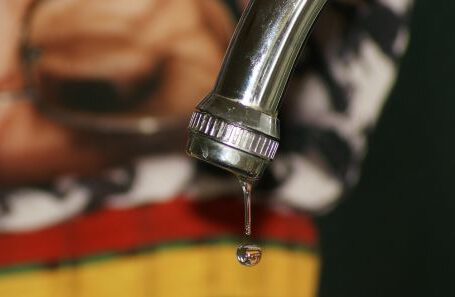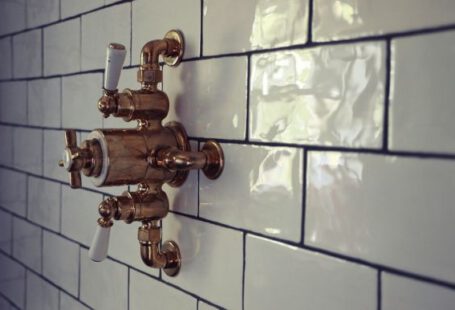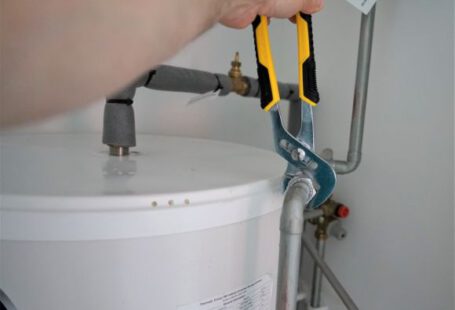A sump pump is an essential device for keeping your basement dry and protecting your home from water damage. However, like any mechanical system, it requires regular maintenance to ensure its proper functioning. By following these seasonal tips, you can keep your sump pump in excellent condition all year round.
Spring: Inspect and Clean
As the snow melts and the rainy season begins, it’s crucial to inspect your sump pump to make sure it’s in good working order. Start by checking the power supply and making sure it’s connected and functioning correctly. Then, examine the pump’s components for any signs of wear or damage. Look for cracks or leaks in the pump housing or discharge pipe, and replace any damaged parts promptly.
Next, clean the sump pump and the pit it sits in. Remove any debris or sediment that may have accumulated over the winter months. This will help prevent clogs and ensure the pump can effectively remove water from your basement.
Summer: Test and Check the Float Switch
During the summer months, heavy rainstorms can put your sump pump to the test. To ensure it’s ready to handle any excess water, test the pump by pouring water into the pit until the float switch activates the pump. If the pump doesn’t start or doesn’t pump out the water effectively, it may be time to replace the float switch.
Additionally, check the discharge pipe to make sure it’s properly attached and directing water away from your home’s foundation. It’s also a good time to test any backup battery systems your sump pump may have. Make sure the battery is charged and that the backup pump kicks in when needed.
Fall: Prepare for the Cold
Before the winter freeze sets in, take some time to prepare your sump pump for the colder months. Insulate any exposed pipes to prevent them from freezing and causing damage to the pump. If your sump pump is located outside, consider installing a cover or protective housing to shield it from the elements.
Additionally, check the pump’s check valve to ensure it’s working correctly. This valve prevents water from flowing back into the sump pit, which can cause the pump to work harder and wear out faster. If the valve is not functioning correctly, replace it promptly.
Winter: Monitor Regularly
During the winter months, it’s crucial to keep an eye on your sump pump and ensure it’s functioning properly. Heavy snowfall and freezing temperatures can increase the risk of basement flooding, so regularly check the pump to make sure it’s running smoothly.
If you experience a power outage during a winter storm, be aware that your sump pump may not be able to function without electricity. Consider installing a backup generator or battery-powered backup system to keep your pump running even during power outages.
In Conclusion: Protect Your Home
Maintaining your sump pump is essential to protect your home from water damage. By following these seasonal tips, you can ensure your sump pump is in excellent condition and ready to handle any excess water. Remember to regularly inspect, clean, test, and monitor your sump pump to keep your basement dry and your home safe.



